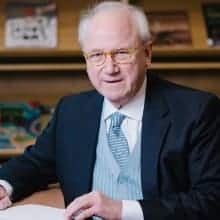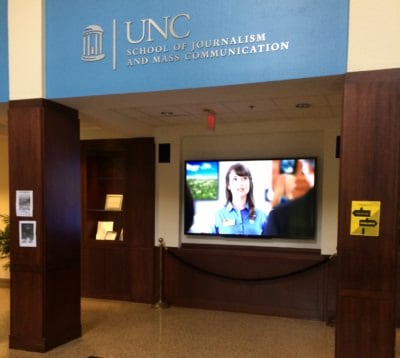
Two decades ago, Durham-based MDC’s first State of the South report observed that “the new economy makes education beyond the 12th grade mandatory.” The report urged business and civic leaders to “change a culture that encourages too many students to quit pursuing education after prom night.”
Since then, the education-beyond-high school maxim has become settled wisdom. Accelerated technological change and further economic transition have reinforced that post-secondary education does not necessarily guarantee, but surely serves as a prerequisite, for work that sustains a middle-class standard of living.
The General Assembly has under consideration a measure that has the potential to widen one of the pathways from high school to subsequent education to what are known as middle-skill jobs. The bill — adopted by the House and awaiting Senate action — would transfer the state’s apprenticeship program from the state Department of Commerce to the North Carolina Community Colleges.
“I really get pretty passionate about apprenticeships,’’ said Community Colleges President Jimmie Williamson, when we spoke by phone earlier this week. “It’s a real natural fit.”
Williamson said he learned the potency of apprenticeships as an executive in Columbia, SC, of Agape Senior, a network of residential and health-related companies. Agape had 350 to 400 apprentices with an 80-90 percent retention rate, he said. Williamson subsequently served two years as president of the South Carolina Technical College System.
An array of European automobile-related factories has helped propel apprenticeships in South Carolina. The Apprenticeship Carolina website boasts of 18,177 total apprentices served in 876 programs, with 6,467 current active apprentices.
The N.C. Department of Commerce reports that this state had “over 5,000 apprentices in nearly 550 programs’’ as of Feb. 1. That is, North Carolina has fewer apprentices than South Carolina, even though North Carolina’s 18- to 24-year-old population of more than 900,000 is twice as large as the South Carolina 18-24 population.
North Carolina has three apprenticeship categories: a youth apprenticeship that begins in high school and connects to community colleges and businesses; apprenticeships for active military personnel and veterans; and “incumbent apprenticeships’’ for current workers who want to advance their careers. The top three employer-sponsors are Charter Communications (formerly Time Warner Cable) with 672 apprentices, the Fort Bragg Training and Education Center with 498, and the NC Department of Public Safety with 363.
The Siemens Energy plant in Charlotte was recently cited in a federal report, as well as a story in The New York Times, as a model of an effective apprenticeship, combining high school, no-debt community college, and paid on-the-job training. The federal report, by the Economics and Statistics Administration of the US Department of Commerce, uses Siemens to show not only the benefits to young people in search of a career but also the pay-off to businesses from investing in apprentices.
“What we have not done is to educate business and industry in how apprentices can grow their companies,’’ said Williamson, who said he would embark on a marketing campaign in North Carolina. It’s a campaign that would benefit from support from the governor’s office and the legislature.
To be effective, an expansive apprenticeship effort requires a partnership between businesses and government — whether administered in Community Colleges or the Commerce Department. Also required is a partnership with high schools. Williamson described apprenticeships as a “pronounced marriage between the employer and the high school.”
Of course, legislation to shift the administration of the state’s apprenticeship program, however effective, is simply one decision in what must become a much wider stream of policymaking. Profound changes are afoot in the world of work. Those of us who teach students know instinctively that they will encounter job opportunities that have yet to emerge. And so, for North Carolina’s business, civic and political leadership, the challenge posed by State of the South 1996 has only intensified.
Note: In addition to my teaching position at UNC-Chapel Hill and my role at EdNC, I am a “senior fellow’’ at MDC, the Durham-based nonprofit research and community-building organization that celebrates its 50th anniversary this year. I am a co-author of MDC’s State of the South series of reports.



